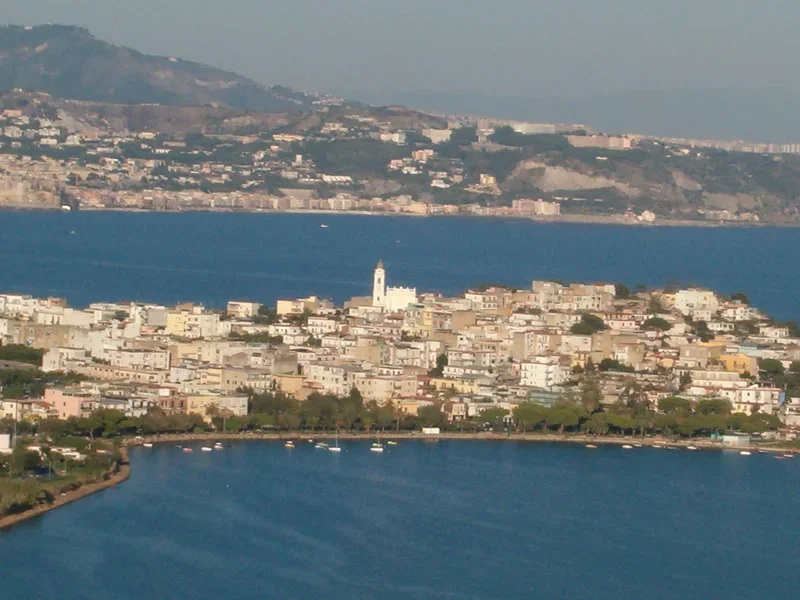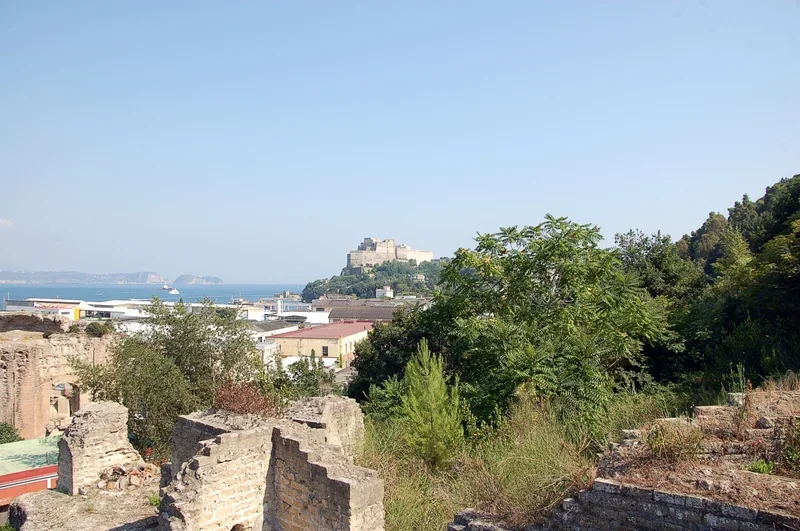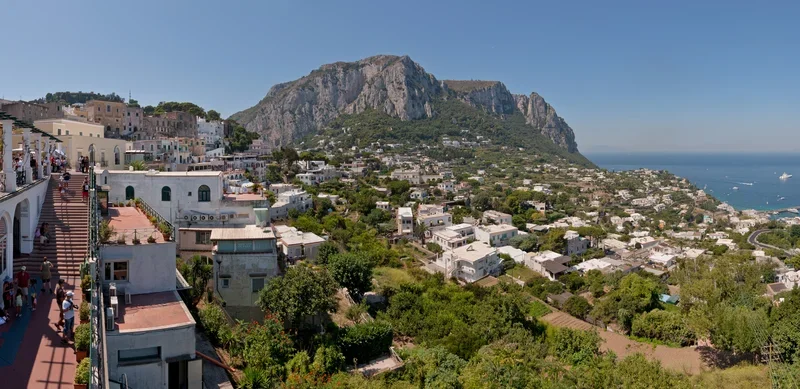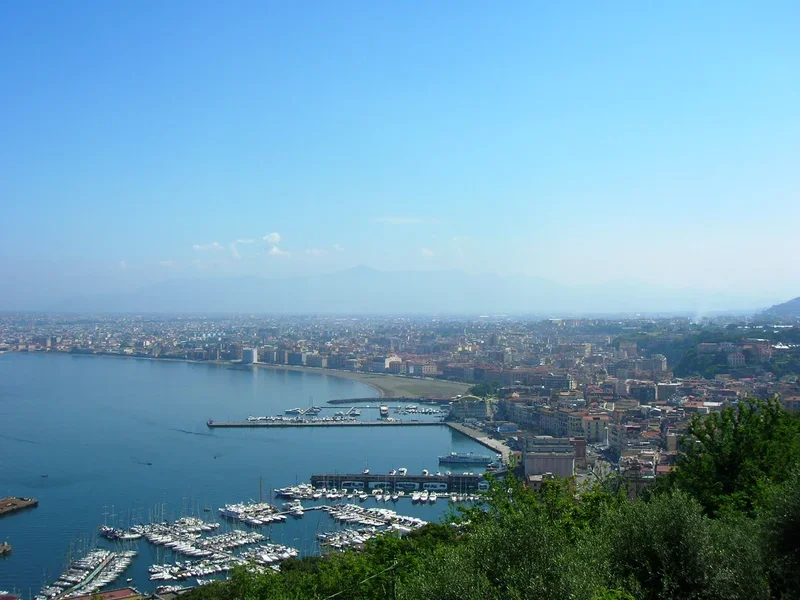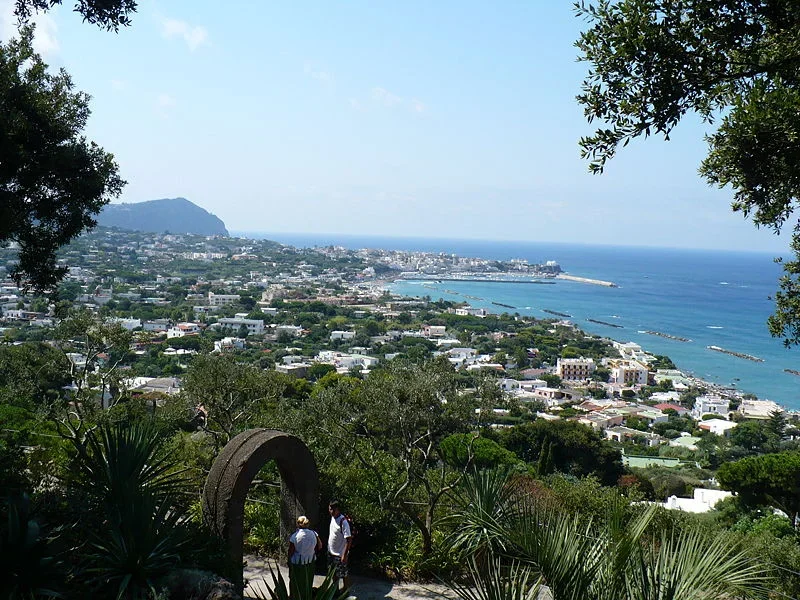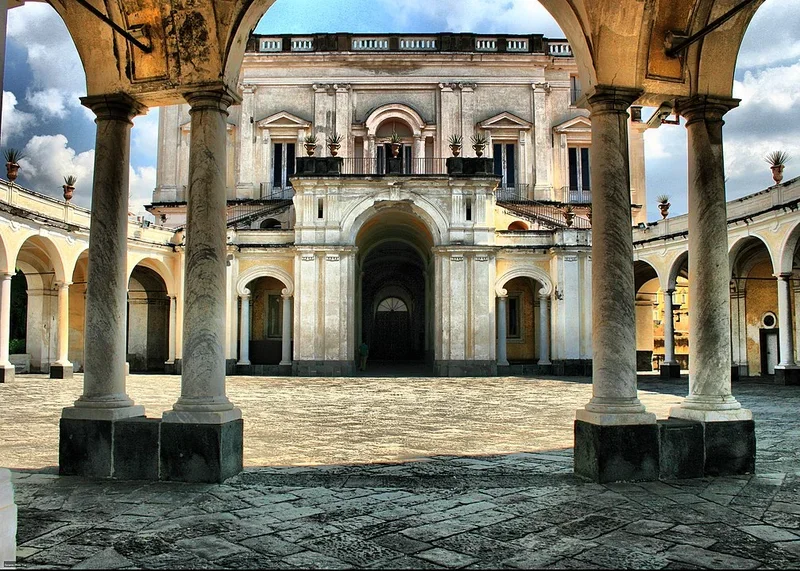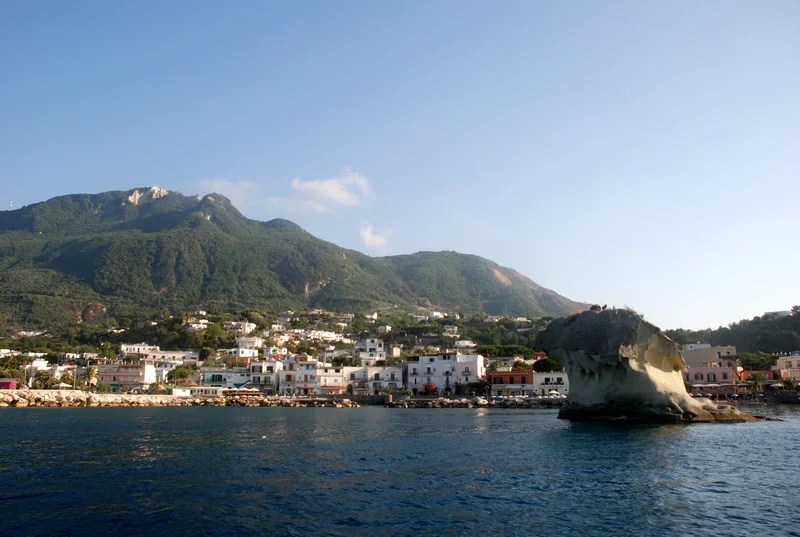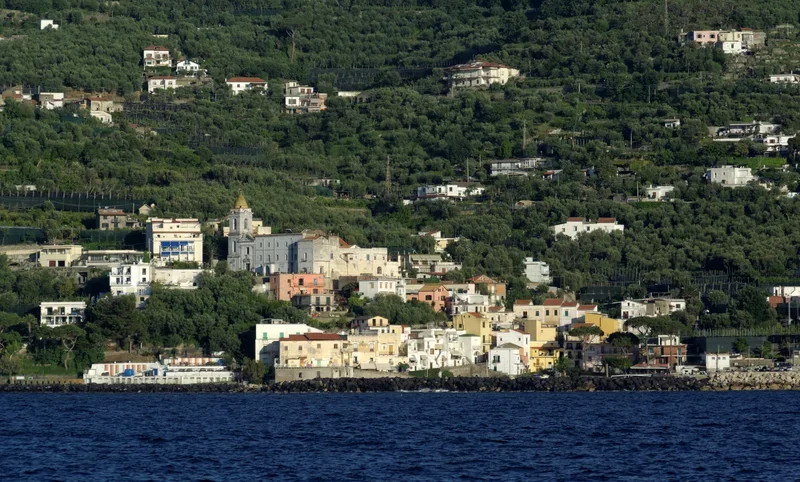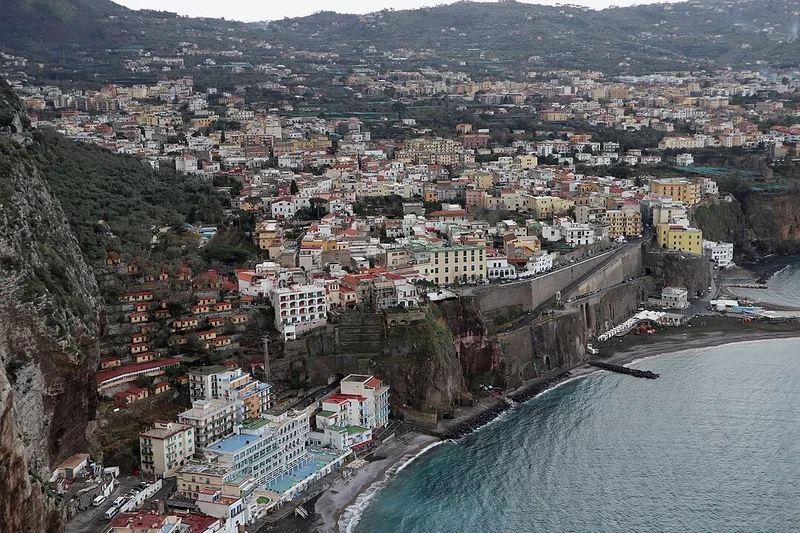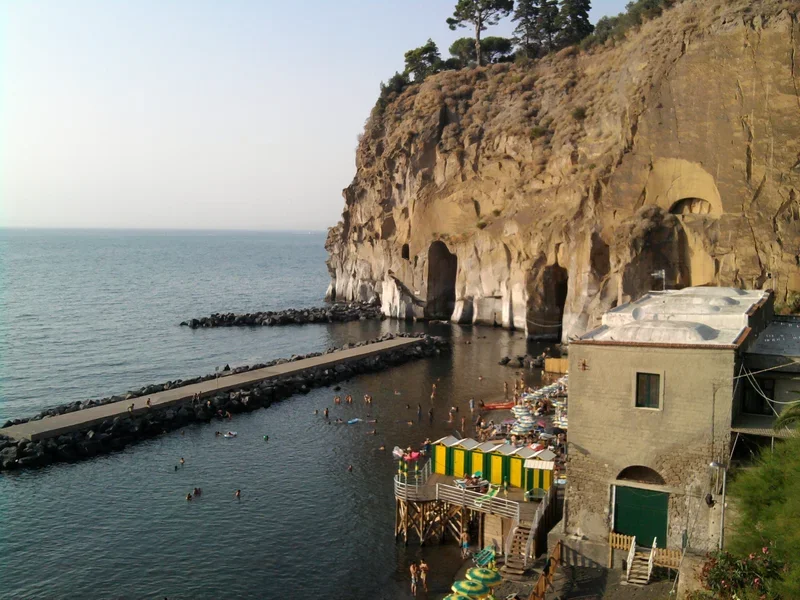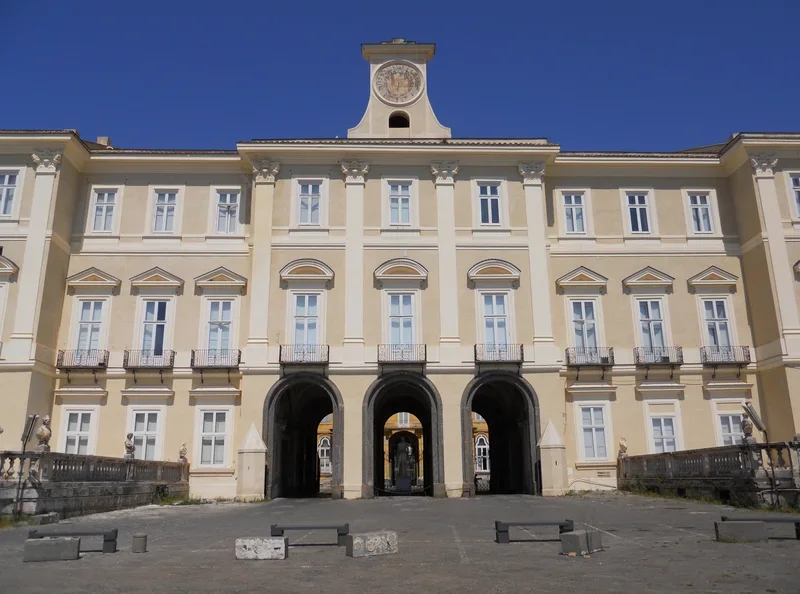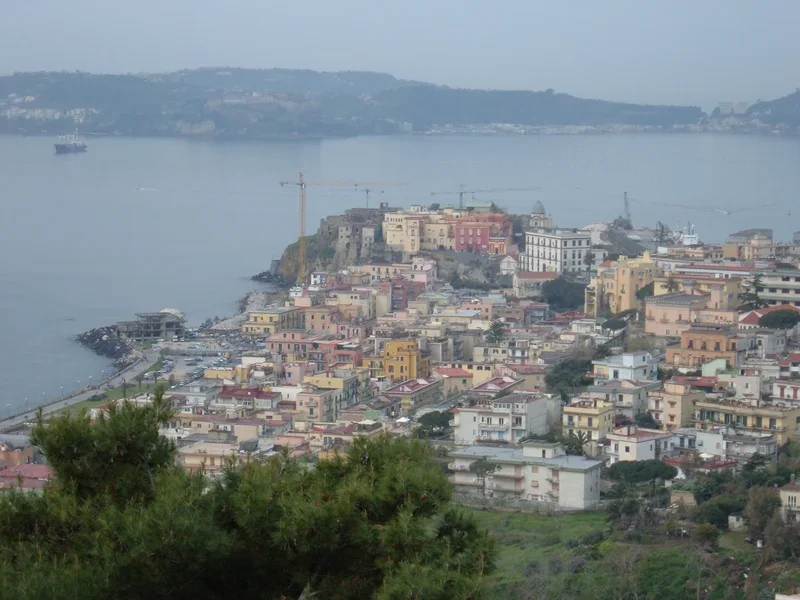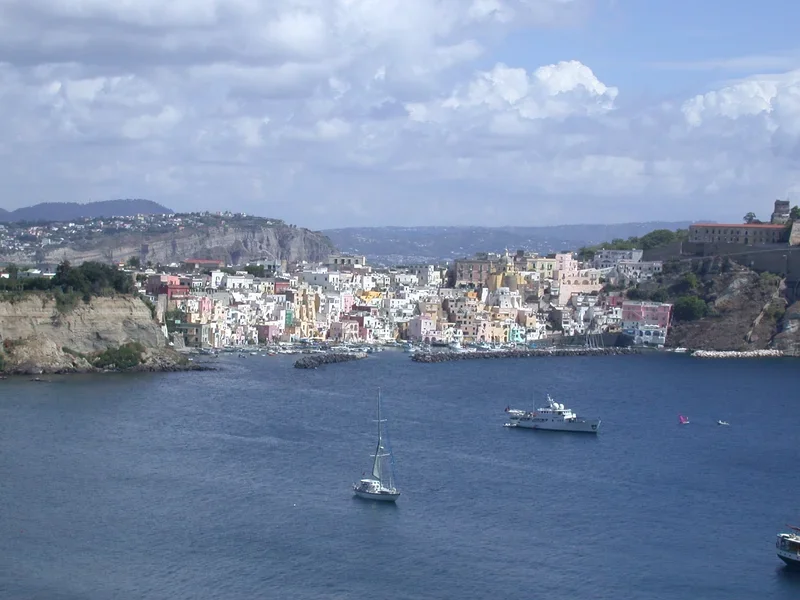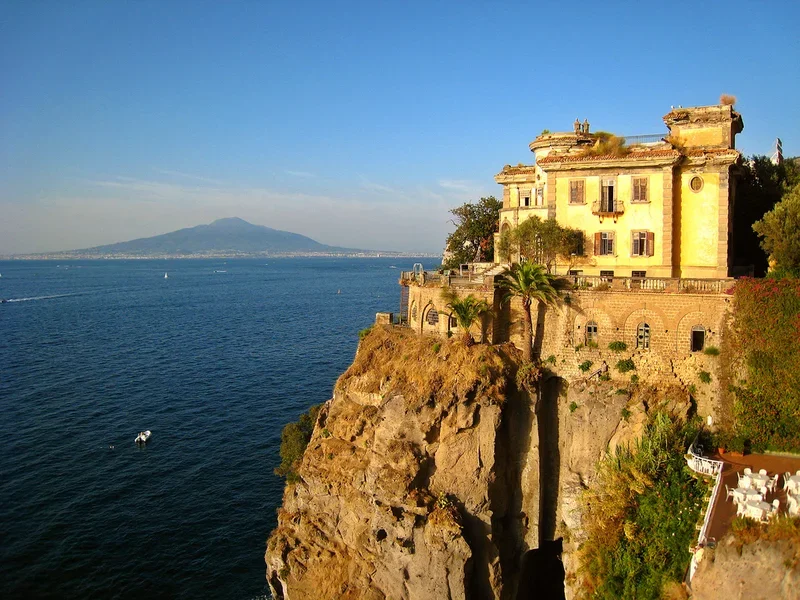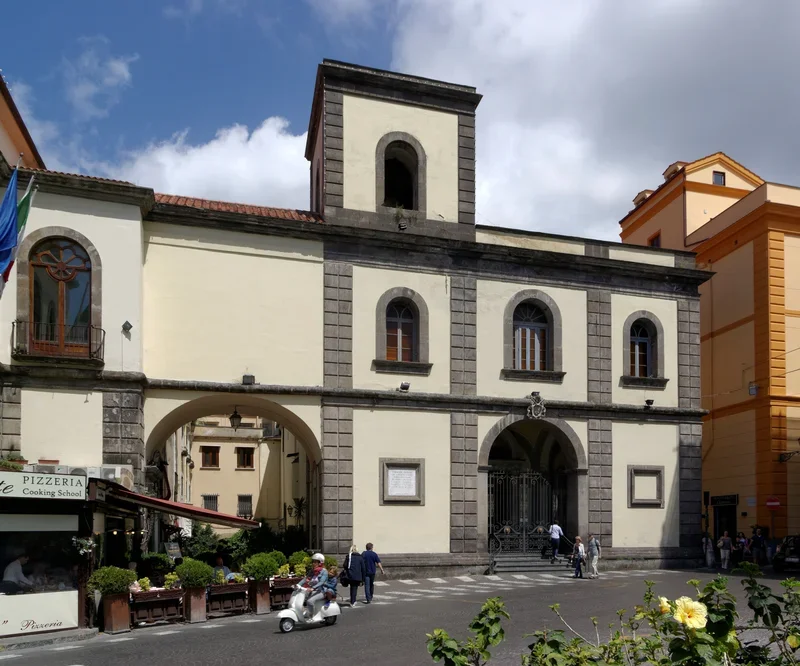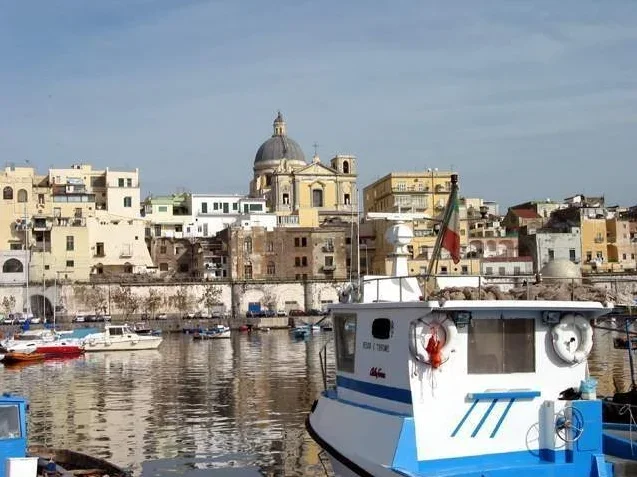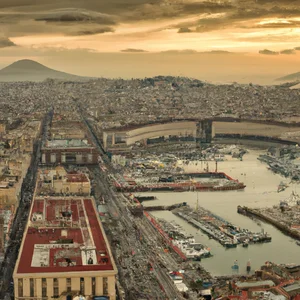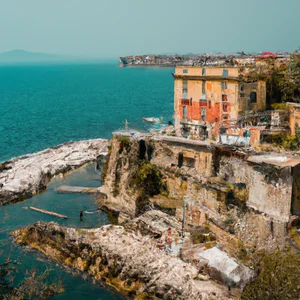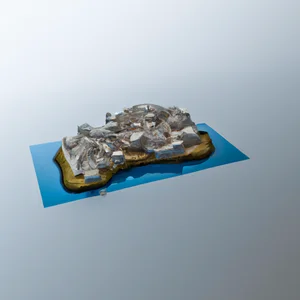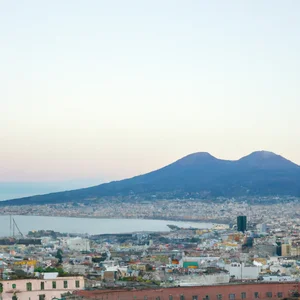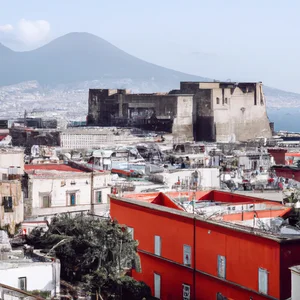Book your experience
Discover Naples: the latest Sanità walking tour guide - What not to miss in 2023
Naples, with its thousand-year history and its lively culture, is a city that surprises and fascinates at every corner. Among its neighborhoods, Sanità emerges as a hidden treasure, full of stories to tell and places to explore. In this article, we aim to guide you through a fascinating walking tour of the Sanità, offering you an overview of the ten unmissable places to visit in 2023.
La Sanità is a neighborhood that challenges tourist conventions, a place where tradition blends with modernity and where every street is a story of life. Here, traces of the past intertwine with the daily life of Neapolitans, creating a unique atmosphere. What makes this neighborhood so special is its ability to reveal an authentic side of Naples, away from the tourist crowds, rich in art, spirituality and gastronomy.
We will begin our journey from the evocative Cimitero delle Fontanelle, a place of worship and memory that offers a glimpse of the devout Neapolitan culture. We will continue with the Basilica of Santa Maria della Sanità, an architectural masterpiece that tells the story of a neighborhood that has always known how to resist and be reborn. The Catacombs of San Gaudioso, the Palazzo Sanfelice and the Palazzo dello Spagnolo will lead us to explore the historical and artistic heritage of this area, while the Church of San Severo outside the walls will show us the profound spirituality of Naples.
There will be no shortage of artistic wonders, such as the Totò murals, symbol of a Naples that celebrates its popular culture. The Borgo dei Vergini and the Mercato della Sanità will offer us a taste of daily life, where the scent of traditional foods mixes with the warmth of local hospitality. Finally, a visit to the Poppella pastry shop will be the sweet finale of an unforgettable journey. Get ready to discover Naples in an authentic way, walking through the Sanità and letting yourself be conquered by every corner.
Cimitero delle Fontanelle
History
The Fontanelle Cemetery is one of the most evocative and mysterious places in Naples. Located in the Rione Sanità district, the cemetery takes its name from the ancient fountains present in the area, which were used by farmers to quench their thirst while working in the fields. In the 16th century, the cemetery was used to bury the victims of the great plague epidemic that struck the city. Over the following centuries, it became the burial place for the poor and destitute, who were buried in mass graves.Visit
The Fontanelle Cemetery is now open to the public and can be visited for free. Inside the caves and corridors of the cemetery, thousands of skulls and bones are preserved, arranged in a suggestive and disturbing way. The skulls of the deceased are said to be "protectors" who take care of the souls of the deceased who do not have an individual grave. During the visit, it is possible to discover the history of the cemetery and the people who were buried there, through the tourist guides or audio guides available.Legends and traditions
The Fontanelle Cemetery is surrounded by numerous legends and popular traditions. One of the most famous is that of the "pezzentelle souls", that is, the souls of the deceased who wander in the cemetery in search of peace. It is said that people can adopt a skull from the cemetery, take care of it and ask for its help in case of need. Furthermore, every year, during the feast of the Madonna delle Fontanelle, devotees bring flowers and candles to commemorate the deceased and ask for their protection.The Fontanelle Cemetery is a unique and evocative place, which offers visitors the opportunity to immerse themselves in the history and traditions of the city of Naples.
Basilica of Santa Maria della Sanità
Description
The Basilica of Santa Maria della Sanità is one of the most evocative and fascinating places in Naples. Located in the Sanità district, this baroque church was built in the 17th century on an ancient chapel dedicated to the Madonna. The facade is imposing and richly decorated, with statues and stuccos representing biblical scenes and saints. Inside, the basilica is characterized by a splendid frescoed dome and numerous richly decorated altars.
History
The history of the Basilica of Santa Maria della Sanità is linked to popular devotion towards the Madonna, who has been venerated since the Middle Ages in this area of the city. Over the centuries, the church was enlarged and enriched with works of art, becoming one of the main places of worship in Naples. During the visit to the basilica, it is possible to admire valuable works of painting and sculpture, testimony to the fervent religious devotion that characterized the city in the past.
Curiosities
The Basilica of Santa Maria della Sanità is also famous for the presence of an underground ossuary, where the remains of numerous faithful who were buried in the catacombs of the church are preserved. This particular detail contributes to making the visit to the basilica even more mysterious and evocative, which is considered one of the most fascinating places in Naples.
Catacombs of San Gaudioso
History and description
The Catacombs of San Gaudioso are an important archaeological site located in the heart of the Sanità district in Naples. This underground complex is made up of a series of tunnels and tunnels that extend several levels below the ground, used as burial places since the 4th century AD. This sacred place is dedicated to San Gaudioso, bishop of Abitina in Tunisia, martyred in the 4th century.
The catacombs are decorated with frescoes and mosaics representing scenes from the life of San Gaudioso and episodes from the New Testament. Some of the tombs also contain sarcophagi and relics of martyrs. During the Middle Ages, the catacombs were used as refuges during the barbarian invasions and later as places of worship for the faithful.
Visit to the Catacombs of San Gaudioso
To visit the Catacombs of San Gaudioso it is necessary to book a guided tour, as access is limited and controlled. During the visit, tourists will have the opportunity to explore the different underground tunnels, admire the decorations and discover the history of this sacred place. Visitors are required to follow the rules of conduct and respect the sacredness of the site.
The Catacombs of San Gaudioso represent an essential stop for those who visit Naples and wish to discover its thousand-year history and the religious traditions that still permeate the city today. This mysterious and evocative place will immerse you in a journey into the past, to discover the ancient roots of Naples and its rich spirituality.
Palazzo Sanfelice
Description
Palazzo Sanfelice is one of the most important historic buildings in Naples, located in the Sanità district. Built in the 18th century, it represents a significant example of Neapolitan Baroque architecture. The palace stands out for its richly decorated facade, with wrought iron balconies and elaborate architectural details.
History
Palazzo Sanfelice was commissioned by the noble Ferdinando Sanfelice in 1724, with the intention of creating a sumptuous residence that could accommodate his family. The building was designed by the architect Ferdinando Sanfelice, who created a masterpiece of Baroque style.
The palace has undergone several restorations over the centuries, but has kept its original beauty and charm intact. Today it is possible to visit some of its rooms, which still retain the period furnishings and original paintings.
Curiosities
One of the most interesting features of Palazzo Sanfelice is the so-called "Monumental Staircase", a majestic staircase that leads to the noble rooms of the palace. This staircase is considered one of the most beautiful in Naples and represents a superb example of Baroque art.
Palazzo Sanfelice is also famous for being the location for some of the filming of the film "The Gold of Naples" by Vittorio De Sica, which contributed to making it even better known to the general public.
In conclusion, Palazzo Sanfelice is an unmissable place for anyone visiting Naples, a true jewel of Baroque architecture that tells the story and grandeur of the Neapolitan city.
Palazzo dello Spagnolo
The Palazzo dello Spagnolo is one of the oldest and most prestigious noble palaces in Naples. Located in the heart of the historic center, precisely in via Toledo, it is a true jewel of Neapolitan Renaissance architecture. Built in the 15th century at the behest of the Spagnuolo family, the palace stands out for its elegant Renaissance-style façade, enriched by elaborate balconies and architectural details of great value.
History and curiosities
The Palazzo dello Spagnolo has hosted illustrious figures of the Neapolitan nobility over the centuries, contributing to making its history even richer. During the 18th century, the palace also became the site of important cultural and social events, becoming a point of reference for the high society of the time.
A curiosity linked to this splendid building is linked to its name. The name "dello Spagnolo" derives from a presumed Spanish owner who purchased the building during the period of Spanish domination in Naples. However, there is no concrete evidence to confirm this theory, making the mystery even more fascinating.
Currently, the Palazzo dello Spagnolo is home to exhibitions, cultural events and shows, which allow visitors to immerse themselves in the history and art of Naples. Its central location makes it easily accessible from any point of the city, and its beauty makes it an essential stop for those who want to discover the artistic and cultural heritage of Naples.
Church of San Severo outside the walls
Description
The Church of San Severo Outside the Walls is a place of worship located in the Sanità district of Naples. Built in the 16th century, the church is dedicated to San Severo, a Christian martyr saint. The building has a simple but elegant facade, with a marble portal and a small dome decorated with frescoes.
History
The Church of San Severo outside the walls has ancient origins, dating back to the Lombard period. Over the centuries it has undergone various transformations and restorations, while maintaining its mystical and evocative atmosphere intact. Inside the church there are numerous paintings and works of art, including a valuable marble altar and a statue of the patron saint.
Curiosities
The Church of San Severo outside the walls is famous for the presence of an underground crypt, where the remains of some martyrs and saints are kept. This mysterious and fascinating place attracts numerous visitors curious to discover the history and legends linked to the church.
Furthermore, the church is often used for religious events and concerts of sacred music, which contribute to keeping the tradition and spirituality of the place alive.
For those visiting Naples, the Church of San Severo outside the walls represents an essential stop to immerse yourself in the history and art of the city, discovering a corner of authentic beauty and devotion.
Totò murals
Description
The Totò mural is an artistic work located in the Sanità district of Naples and represents the famous Neapolitan actor and comedian Antonio De Curtis, better known as Totò. This mural is one of many in the area, which is known for its numerous street art works that make the neighborhood a true open-air museum.
History
The Totò mural was created by a local artist in 2015 and is located in one of the main streets of the Sanità district. This work was created to pay homage to one of the greatest Italian artists of the twentieth century and to celebrate his importance in Neapolitan and Italian culture.
Meaning
The Totò mural represents not only the actor himself, but also his special bond with the city of Naples. Totò is considered an icon of Neapolitan culture and his presence in the Sanità neighborhood is a symbol of pride and belonging for the local community. This mural has become a very popular tourist destination for visitors who want to discover the beauty and originality of Neapolitan street art.
Borgo dei Vergini
Description
The Borgo dei Vergini is one of the oldest and most evocative neighborhoods of Naples, located in the heart of the historic center of the city. Characterized by narrow alleys, historic buildings and a vibrant atmosphere, this neighborhood is a place not to be missed when visiting Naples.
History
The Borgo dei Vergini has ancient origins, dating back to the Greco-Roman period. The name of the neighborhood derives from the presence of an ancient cemetery where the virgins dedicated to the cult of Diana, goddess of hunting and fertility, were buried. Over the centuries, the neighborhood has undergone several transformations, becoming an important commercial and cultural center of the city.
What to see
One of the main attractions of Borgo dei Vergini is the Church of Santa Maria delle Anime del Purgatorio ad Arco, known for its crypts where the remains of nobles and important personalities of the city are preserved. Furthermore, walking through the streets of the neighborhood it is possible to admire ancient noble buildings, hidden courtyards and small artisan shops that keep the traditions of the city alive.
Borgo dei Vergini is also famous for its lively atmosphere, with numerous bars, restaurants and shops enlivening its streets. During the day, it is possible to go shopping at the fashion boutiques and local craft ateliers, while in the evening the neighborhood turns into a meeting point for young people and tourists looking for fun and good food.
In short, the Borgo dei Vergini is a place rich in history, culture and tradition, which preserves the charm of the past intact and invites visitors to discover the true soul of Naples.
Mercato della Sanità
Description
The Mercato della Sanità is one of the most characteristic and traditional places in Naples, located in the Sanità district. This market offers a wide range of fresh, local and typical Neapolitan cuisine products. Here you can find fruit, vegetables, fish, meat, cheeses, cured meats, bread and desserts, all of excellent quality and coming directly from local producers.
Atmosphere
The Mercato della Sanità is a lively and colorful place, where the sounds, scents and flavors of the Neapolitan tradition mix together creating a unique and authentic atmosphere. The sellers are always ready to advise customers and tell the story of their products, transmitting their passion and love for their land.
Typical products
One of the most famous and appreciated products of the Healthcare Market is certainly buffalo mozzarella, a fresh and creamy cheese with an unmistakable flavour. Furthermore, here it is also possible to find the famous Sorrento lemons, Gaeta olives, San Marzano tomatoes and curly Sfogliatelle, typical Neapolitan pastry desserts.
Events and demonstrations
The Healthcare Market is often the site of events, shows and tastings organized to promote local products and the Neapolitan culinary tradition. During these occasions, it is possible to taste market specialties for free and participate in cooking workshops held by expert chefs.
Tips for visiting
To fully experience the Healthcare Market, we recommend visiting it early in the morning, when activity is at its busiest and you can witness the arrival of fresh products. Furthermore, we recommend tasting the local specialties and interacting with the sellers, who will be happy to tell you about the origins and traditions of the products they sell.


